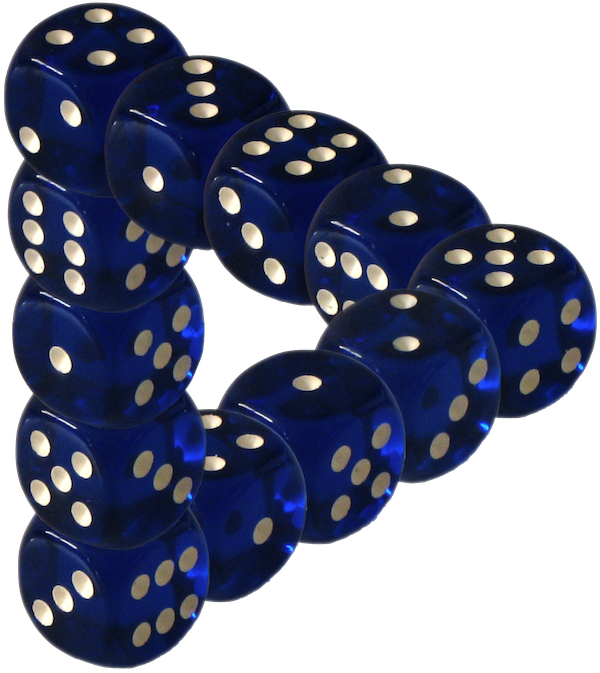EvoLudoLab: Fixation probabilities on the star graph: Difference between revisions
mNo edit summary |
No edit summary |
||
| Line 1: | Line 1: | ||
{{EvoLudoLab:Moran| | {{EvoLudoLab:Moran| | ||
options="--game Moran --run --delay 10 --view Statistics_-_Fixation_probability --reportfreq 10 --popupdate B --popsize 96 --geometry s --initfreqs 0 | options="--game Moran --run --delay 10 --view Statistics_-_Fixation_probability --reportfreq 10 --popupdate B --popsize 96 --geometry s --initfreqs 1:0 --mutation 0 --basefit 1 --selection 1 --fitness 1:2"| | ||
title=Fixation probabilities on the star graph| | title=Fixation probabilities on the star graph| | ||
doc=Note that the fixation probabilities are not the same for all vertices. In particular, if the mutant is placed in the hub (vertex | doc=Note that the fixation probabilities are not the same for all vertices. In particular, if the mutant is placed in the hub (vertex | ||
For the simulations, the population size is | For the simulations, the population size is | ||
Revision as of 21:48, 17 December 2018
| Color code: | Residents | Mutants |
|---|---|---|
| New resident | New mutant |
| Payoff code: | Residents | Mutants |
|---|
Fixation probabilities on the star graph
Note that the fixation probabilities are not the same for all vertices. In particular, if the mutant is placed in the hub (vertex
For the simulations, the population size is
Data views
| Snapshot of the spatial arrangement of strategies. | |
| 3D view of snapshot of the spatial arrangement of strategies. | |
| Time evolution of the strategy frequencies. | |
| Snapshot of the spatial distribution of payoffs. | |
| 3D view of snapshot of the spatial distribution of payoffs. | |
| Time evolution of average population payoff bounded by the minimum and maximum individual payoff. | |
| Snapshot of payoff distribution in population. | |
| Degree distribution in structured populations. | |
| Statistics of fixation probability for each vertex where the initial mutant arose. | |
| Statistics of conditional fixation times of residents and mutants as well as absorption time for each vertex where the initial mutant arose. | |
| Message log from engine. |
Game parameters
The list below describes only the few parameters related to the evolutionary dynamics of residents and mutants with fixed fitness (constant selection). Numerous other parameters are available to set population structures or update rules on the player as well as population level.
- --fitness <r,m>
- fitness of residents r and of mutants m.
